Germany Will Be Creating An Extremely Efficient Jet Fighter To Compete Against The British Air Force, As Merkel Declares That Germany Must Be Independent Of American Power
By Theodore Shoebat
“We are entering a dangerous new era in warfare” — these words were just recently made by Gavin Williamson, a British MEP, in the Farnborough Airshow, when he presented the newest projected jet fighter for the British Royal Air Force. Such a statement does seem fitting as Germany and France are currently working on their own jet fighter, one made to rival against Britain’s upcoming aircraft. Germany’s actions — which parallels those of Turkey — are part of a plan to create military independence from the United States security umbrella, a goal that is also shared by Turkey. This is all happening as Germany is working to be independent of American power, with Merkel declaring: “We can’t rely on the superpower of the United States”.
Arms races presage war, just as they foreshadowed the Great War that erupted in 1914. And for those who may argue that the idea of another war between European nations is far-fetched, just remember that in every century Europe has had a conflict. “What is it that hath been? the same thing that shall be. What is it that hath been done? the same that shall be done.” (Ecclesiastes 1:9)
“For nation shall rise against nation and kingdom against kingdom” (Mark 13:8)
Just recently, Britain had its Farnborough Airshow, in which Defense Minister Gavin Williamson announced that two billion pounds have been earmarked to fund a program for the production of a new jet fighter for Britain’s air force, planned to be called Tempest. The production of the planes are planned to be financed until 2025, and then Britain would pursue international partners to give additional financing.
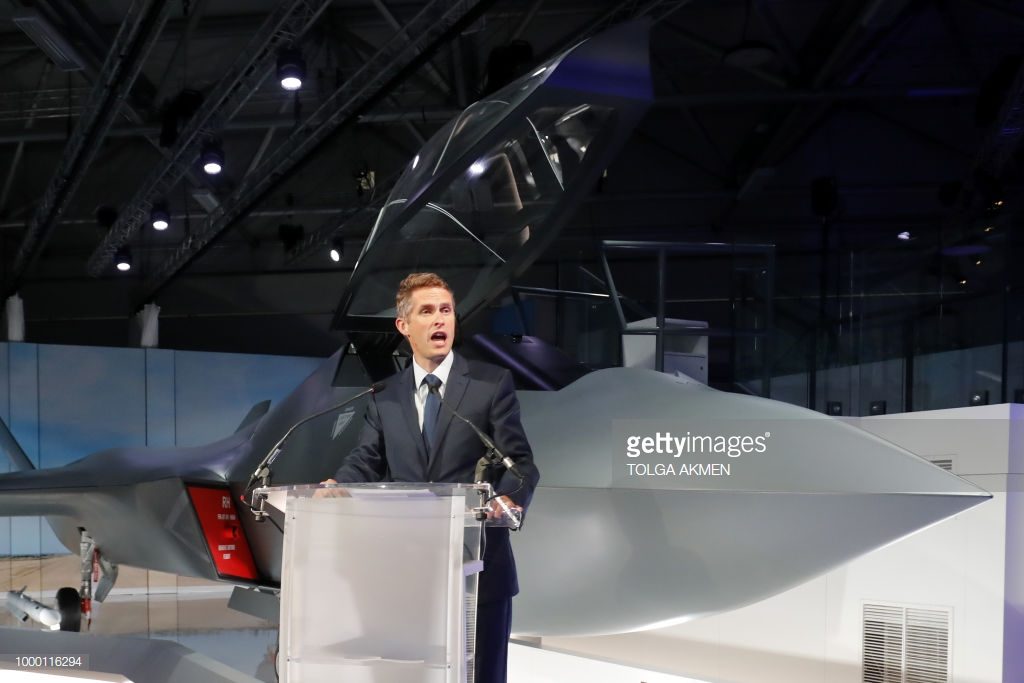
Britain’s Defence Secretary Gavin Williamson speaks during the unveiling of a model of a new fighter jet, a part of Team Tempest, at the Farnborough Airshow, south west of London, on July 16, 2018. (Photo by Tolga AKMEN / AFP) (Photo credit should read TOLGA AKMEN/AFP/Getty Images)
What makes this whole situation very interesting is the geopolitical element involved. Britain is developing this aircraft for the purpose of vying against the upcoming Franco-German jet fighter program of building a newer version of the Eurofighter, the program for which was commenced last year. Although Germany has eighty five Tornado jet fighters, these are quickly getting old and are scheduled to being put to disuse in 2025. Although the current Eurofighter model was developed to a great extent by the British defense company BAE Systems, the Germans and French want to develop a more advanced Eurofighter, and so the British want to create a jet fighter — the Tempest — to compete against this upcoming Franco-Germanic aircraft.
According to the Times Now:
“To ensure British air superiority in the coming decades, UK Defence Secretary Gavin Williamson unveiled “sixth generation” Tempest Stealth Fighter Program at Farnborough Airshow. The new fighter plane, with manned and unmanned capability, will be developed over the next twenty years to replace Eurofighter Typhoon.
… The new fighter plane will be developed over the next twenty years and it will replace Eurofighter Typhoon which has been operational since 2003.
…France and Germany are already working on a new fighter program with France’s Airbus (AIR.PA), part of the Eurofighter consortium and Dassault Aviation SA (AVMD.PA), the maker of the Rafale, reported Reuters.”
The nationalist party in Austria, the pan-Germanic Freedom Party, is advocating for Austria to purchase the Eurofighter Typhoon. Mario Kunasek, a member of the Freedom Party and Austria’s Defense Minister, is moving to reassess the measure made by Austria’s previous administration to end a $2 billion Eurofighter jet program. In 2017, Kunasek’s predecessor, Hans Peter Doskozil of the Social Democrats, went against Airbus and the Eurofighter consortium, accusing them of fraud and wanton deception, and then he announced that Austria would cease its Eurofighter program and replace it with a cheaper aircraft.
Why does a member of the nationalist Austrian Freedom Party want to bring in Eurofighter? Well, looking at the ideology of the Freedom Party, pan-Germanism, it would not be surprising that it corresponds with their goal of bringing back the reich. Andreas Molzer of the Freedom Party wants to revive the German Reich, stating: “this world needs states (Staatlichkeit) that have a sacred legitimation — which is the Reich”. And yes, by Reich, he is speaking of reviving the German Empire, stating that he wants to bring “Berlin and Vienna back into the centre of the New Europe”. Molzer wants to include in this new pan-German empire: the Baltic States, the Czech Republic, Slovenia, Croatia and Poland.
The CEO of Eurofighter, Volker Paltzo, said that the Eurofighter will be the archetype for all future European fighter jets. The Eurofighter Typhoon is set to be the testbed for the Tempest, both aircraft having the same British developers. But the Germans and the French are working on their own Eurofighter, and thus the Tempest is Britain’s way of competing against this. As we read in a report from Defense News:
“The UK’s strategy is its attempt to support its industry and interests in coming decades, specifically in light of France and Germany announcing that they collaborate on a future aircraft project of their own.”
The big question is whether or not Europe will have one single fighter jet program, or two competing programs between that of the British and that of the Germans and French. Given that Britain is currently in the process of exiting the European Union, this concern is understandable and realistic.
Britain does want to advance its own defense industry, and it does have tensions with Brussels in the midst of its exit from the EU. So the question remains: will Britain allow itself to be under a single aircraft program, or will it decide to compete against the upcoming Franco-German Eurofighter? One thing to keep in mind is that Britain began working on the Tempest after the German arm of Airbus — as a response to Brexit — began collaborating with the French warplane company, Dassault Aviation, on a new Eurofighter.
This threatened to push Britain out of the defense aviation developments in Europe, or into further dependence on the Americans. Britain is already partnered with the US on the F-35 program, and this new jet fighter, the Tempest, is meant to compliment the American F-35 and to replace the Franco-German Eurofighter. In his presentation of the Tempest, Gavin Williamson stated: “We are entering a dangerous new era in warfare,” as he pulled a curtain off the silver and white fighter jet. He went on to say that Britain aims to “keep control of the air both at home and abroad.”
We certainly are entering a dangerous and dark epoch of warfare. But the severity and horror of this new warfare would be determined by the formidableness of both sides in the conflict. If Britain fights insurgents in an impoverished region where people are generally living in squalor, the skill of the British troops are superior to the combatants they would have to face. But, imagine if Britain has to face another European power that is just as — if not more so — technologically advanced as herself. How would this look like? Obviously it would be much more horrifying, given the technology that would be involved.
Imagine if Britain had to face a Germany that has boosted its armed forces and that has tremendously increased its military capacity. Imagine if Britain has to face Turkey, bent on empire and conquest, with military technology just as advanced as that of the UK, and with an army that outnumbers her’s. Such a conflict would be utterly devastating.
You don’t think that Britain has intelligence that knows that a world war coming? Years before World War One erupted, the British knew that the Germans were wanting to begin a conflict in Europe. In 1911, Britain’s Committee of Imperial Defense had a confidential meeting, attended by Winston Churchill, in which they discussed Germany’s plan to invade France through Belgium (see Fromkin, Europe’s Last Summer, ch. 4, pp. 33-34). And Germany did indeed attack France through Belgium, exactly as the British expected.
They knew this would happen because they had intelligence that saw the writing on the wall. Some of the letters used for the writing on the wall was Germany’s activities in North Africa in 1905. Morocco at the time was the only country in North Africa that was independent from any European powers. France wanted Morocco since it already controlled Algeria and Tunisia. Germany knew this and decided to make its presence in Morocco with the aim of disrupting the newly formed entente between Britain and France.
The Kaiser was sent to Morocco to champion Moroccan independence, but this plan failed and the British sided with France. On top of this, an international conference was done and it also took the side of France and gave to the French the right to lead Moroccan affairs through a treaty signed at Algeciras in 1906. The Germans upheld the rule of the Sultan and requested the European powers not to undermine Moroccan independence.
But in March of 1911, a jihad broke out — a jihad that would be capitalized upon for the advancement of empire. Rebels in Morocco commenced an uprising and brought destabilization in Fez, one of the capital cities in Morocco. The Sultan of Morocco requested troops from France to be deployed and restore order. German intelligence believed that the uprising was engineered by France so that the French could have an excuse to occupy Morocco. Whether this was true or not, if French troops were deployed, they would remain in Morocco.
Germany saw the opportunity to trap the French in a diplomatic game of power-grab. The German foreign secretary, Alfred von Kiderlen-Wachter, told the French that if they occupied Morocco they would be transgressing the treaty they agreed to, and such an action would lead to whatever authority they held in Morocco being replaced by the hegemony of another country. The German plan was to get the French to agree to give enormous areas of land in Africa. Such an achievement, in turn, was to give the then current government in Germany political leverage in the upcoming parliamentary election of 1912.
The French were not fazed. They occupied Morocco On May 21, 1911. Germany, in a desperate last attempt, sent a naval cruiser, the Panther, to the harbor of Agadir on Morocco’s Atlantic coast. The Germans were declaring their claim over Morocco. But this, too, was a failure. Britain and Russia sympathized with France. Even the Austrians (who were Germany’s main ally during World War One) refused to express support for Germany. Germany had no choice but to give up. It was such an event, amongst others, that really alerted the British in 1911 that war was on the way. (See Fromkin, Europe’s Last Summer, ch. 12, pp. 76-79)
From this we can see that the highest echelons of power within governments can foresee a war. And you can see that war in Europe is a very possible thing, Britain and Germany both working on a state of the art fighter jet, as though they are vying against one in other in an arms race.
Before the First World War commenced, European powers were rivaling one another in an arms race. In the words of Fromkin: “Looking back, perhaps one of the most remarkable feature of the prewar international landscape was the accelerating arms race. The German armaments firm Krupp was the largest single business in Europe. Its giant rivals — Skoda, Creusot, Schneider, and Vickers-Maxim — also were enormous. In large part, in the new industrial age, Europe’s business had become the business of preparing to fight a war.” (Ibid, ch. 4, pp. 29—30)
We are currently witnessing an intensification of weapons production in European defense industry. This month two companies, the European plane-maker, Airbus, and the French company, Dassault Aviation, announced at an air show in Berlin that they will be developing their own fighter jet, as part of an agreement made last year between the French and German governments. Its being projected that this new aircraft will replace the current Eurofighter between 2035 and 2040. Dirk Hoke, the CEO of Airbus Defense and Space, said something quite telling about the sudden increase in defense innovation in Europe: “never before has Europe been more determined to safeguard and foster its political and industrial autonomy and sovereignty in the defense sector.”
These words reflect a sentiment that is reminiscent to what is happening currently in Turkey: a desire to be militarily independent from the United States security umbrella. This is further indicated in Angela Merkel’s recent statement in which she said: “We can’t rely on the superpower of the United States,” marking an aspiration for independence from the umbrella of American empire. This goal of militarily industrial independence is also denoted in a German government document produced in 2016 entitled: Aviation Strategy of the Federal German Government, in which it reads:
“Only with the findings and economic returns from serial production and product support can the industry retain its self-reliance in global competition. … As a high-tech location, Germany needs to be internationally competitive. This applies for research, development and production. Maintaining and extending industrial defence know-how with related capacities is in the security interests of the Federal Republic of Germany.”
There are people who are lobbying for a Germany independent of the United Stated security blanket. For example, Barbara Kunz, writing for the German Marshall Fund, wrote in the think-tank’s 2018 publication: “It is about time to envision a world in which the United States no longer upholds the liberal international order. In both France and Germany, this idea is part of official discourses.” Germany’s pursuit towards military autonomy is seen in its plan to allow non-German EU citizens to join the Germany army. As one report from Reuters says:
“Germany’s long-understaffed army has a new plan to boost recruitment: allowing foreigners from other European Union countries to serve in the unified armed forces (Bundeswehr). The defense ministry confirmed on Saturday that it was seriously considering the idea.”
So Germany wants to build up its military with auxiliary forces. This corresponds with the recent integrations of Dutch and Romanian units into the Bundeswehr. This began in early 2014, when the Dutch 11th Airmobile Brigade was attached to the Division Schnelle Kräfte (German Rapid Forces Division). This happened again in 2016 when Germany’s Panzerbataillon 414 (414th Tank Battalion) was attached to the Dutch 43rd Mechanized Brigade. German Defense Minister Ursula von der Leyen acclaimed this military integration as a “prime example of how to build a European defense union.”
Given the histories of both Germany and Turkey of imperialism and genocide, this is not good. People even in the United States government understand the dangers of an unhinged Germany. Hence why in 2008, the Committee on Foreign Relations of the United States Senate, in a document entitled: Chain Reaction: Avoiding a Nuclear Arms Race in the Middle East, stated:
“In the cases of Germany and Japan, both countries can easily obtain nuclear weapons but have chosen not to because of their integration beneath a NATO (Germany) or an American (Japan) security umbrella. … If these countries ever begin to question the reliability of this security umbrella, they would almost certainly reassess past nuclear weapons decisions.”
So yes, it is true what Gavin Williamson stated, that “We are entering a dangerous new era in warfare,” and because it is a “new era” of warfare, he cannot just be talking about the ‘Fourth-generation warfare’ (a term that some of have been pushing to describe the future of warfare) as what the world saw in Iraq, but indeed a new era of warfare, in which technologically advanced countries will use the state of the art weaponry that been being developed against each other.



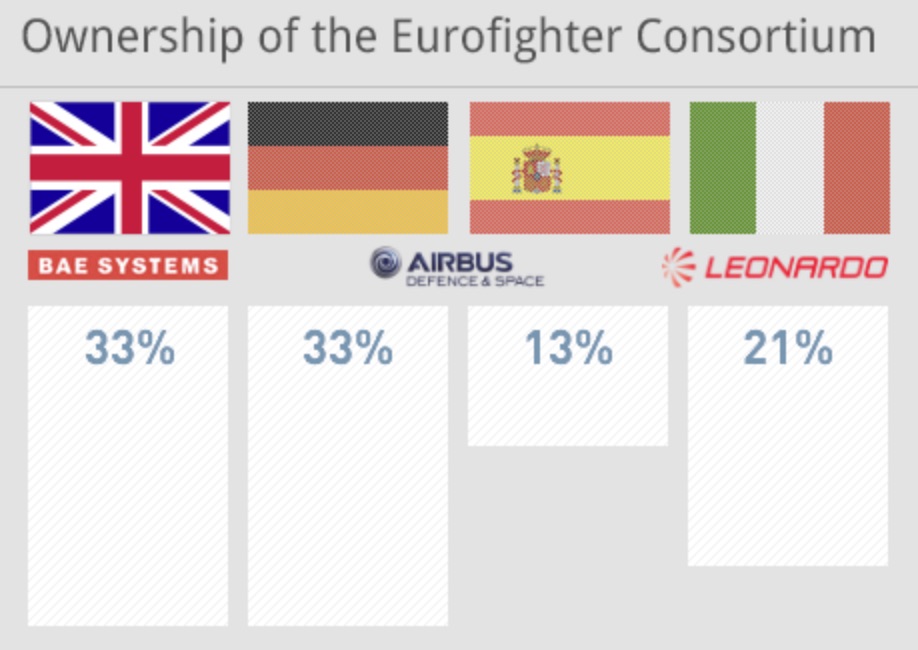
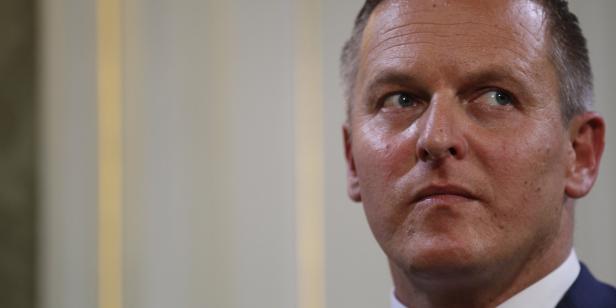
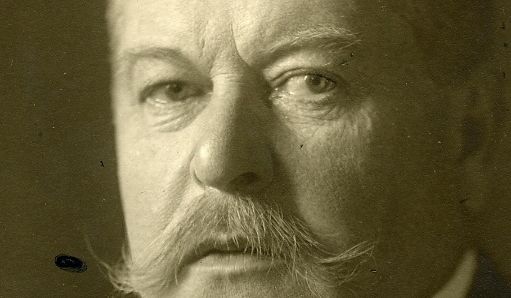
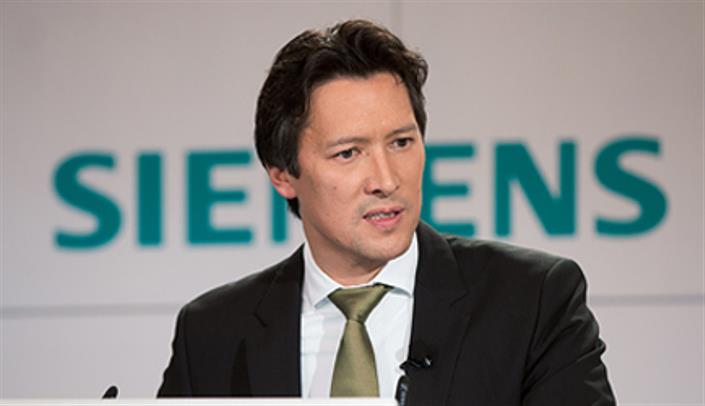



Comments are closed.